- +033 2572 7171
- info@dhanvantary.com

4.5 Rating | 4500 Review

4.5 Rating | 4500 Review
A normal menstruation, or period, is the regular monthly bleeding women experience as part of the menstrual cycle. It happens when the body sheds the lining of the uterus (womb), which wasn’t needed because pregnancy didn’t occur.

Timing: It usually comes once a month, about every 21 to 35 days, depending on the woman. A typical period lasts 3 to 7 days.
Bleeding: The amount of blood lost varies, but it’s usually about 2 to 3 tablespoons over the whole period. Some women may bleed more or less, but it should still be manageable with pads or tampons.
Colour and Flow: Blood can range from bright red to dark brown. Flow can be heavier at the start and get lighter toward the end.
Symptoms: Many women feel mild cramps in the lower belly, backaches, or bloating. Some have mood swings, fatigue, or breast tenderness. These are normal, as long as they don’t interfere too much with daily life.
Consistency: Regular cycles with predictable flow, timing, and symptoms are considered normal. Anything extremely painful, very heavy, or irregular may need medical attention.
In short, normal menstruation is regular, manageable, and doesn’t cause severe pain or disruption.
Ayurveda, amenorrhea, or the absence of menstruation, is seen as an imbalance of the body’s natural energies or "doshas" — primarily Vata and, in some cases, Kapha. In Ayurvedic terms, this condition is known as "Arajaska" or "Nashtartava" and is considered a sign that the reproductive and hormonal systems are not functioning in harmony.
Vata Dosha: Vata, associated with movement and flow in the body, governs the menstrual cycle. If Vata becomes blocked or imbalanced, it can disrupt the menstrual flow, leading to amenorrhea.
Kapha Dosha: Kapha governs body structure, including tissues. Excessive Kapha can lead to sluggishness, heaviness, and accumulation in reproductive organs, which may also block the menstrual flow.
Dhatu (Tissue) Weakness:
According to Ayurveda, the menstrual blood, or artava, is formed from the essential tissues known as rasa and rakta dhatu (blood tissue) and mamsa dhatu (muscle tissue). If there’s a deficiency or weakness in these tissues, menstruation may be affected.
Weak or insufficient ojas (vital energy) and nutrition can also disrupt the formation of menstrual blood.
Amenorrhea, or missing periods, has two main types, each with different causes
This is when a young woman hasn’t gotten her first period by age 15 or 16, even though she’s gone through other changes like breast development.
Causes: It usually happens because of genetic or physical issues, like:
This is when a woman who used to have regular periods suddenly stops having them for three months or more. If her periods were irregular before, it’s considered secondary amenorrhea if she hasn’t had a period for six months.
Causes: This type is more common and can be triggered by several factors:
Knowing the type of amenorrhea helps in figuring out the cause and how to treat it.
The main symptoms of amenorrhea are:
These symptoms can vary, depending on what’s causing the missed periods.
In Ayurveda, the treatment of amenorrhea focuses on restoring the balance of doshas, primarily Vata and sometimes Kapha, which are believed to be responsible for healthy menstrual flow.
Panchakarma therapies like Vamana (therapeutic emesis) and Basti (medicated enema) may be recommended to cleanse toxins (ama) from the body, balance doshas, and restore healthy reproductive function.
Formulas like Ashokarishta (herbal tonic for reproductive health) and Dashmoolarishta are often used to support menstrual health and balance hormones.
Avoid Cold and Raw Foods: These can aggravate
Lifestyle and Daily Routine
Abhyanga (Oil Massage): Regular self-massage with warm sesame oil helps calm Vata and promote circulation, supporting reproductive health.
Yoga and Gentle Exercise: Poses like Bhujangasana (Cobra pose), Baddha Konasana (Butterfly pose), and Paschimottanasana (Seated Forward Bend) help promote blood flow to the pelvic area.
Stress Reduction: Practices like meditation, pranayama (breathing exercises), and spending time in nature help reduce stress, which is often linked to hormonal imbalance.
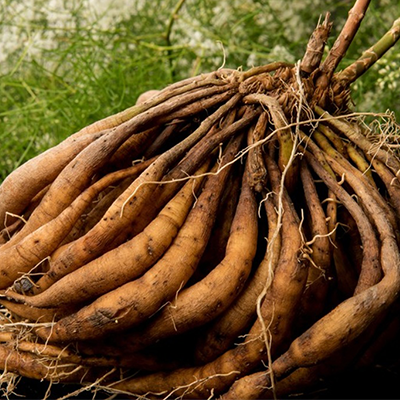
A powerful herb for female reproductive health, known to balance hormones and support the menstrual cycle.
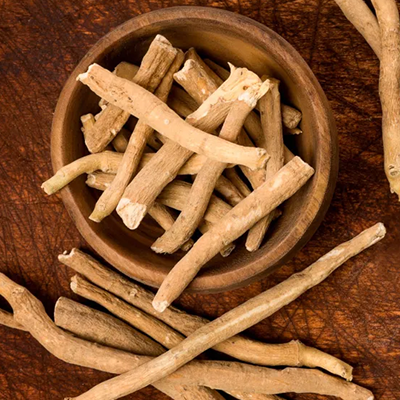
Helps reduce stress and strengthen the body, which can help balance hormones.
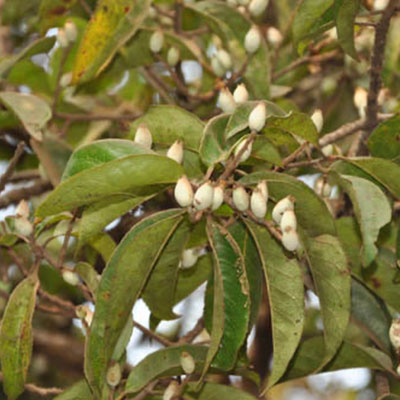
Known for promoting reproductive health and restoring menstrual flow.
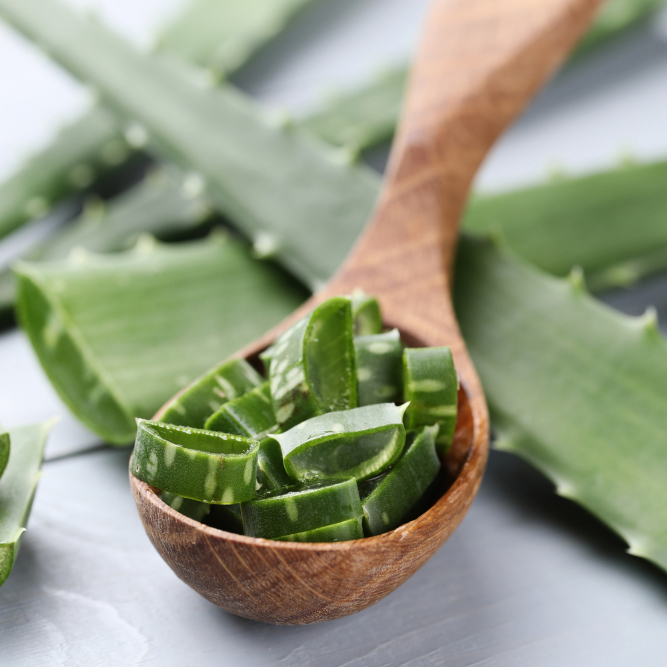
Helps cleanse the body and support reproductive health, often mixed with herbs like Shatavari.
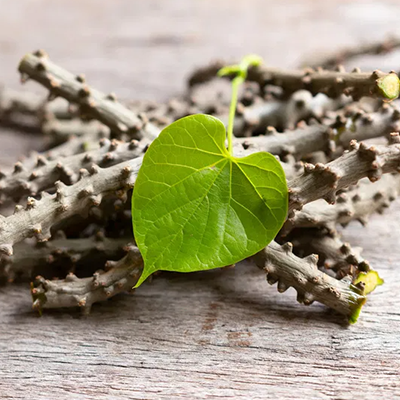
Supports immunity and hormonal balance.
